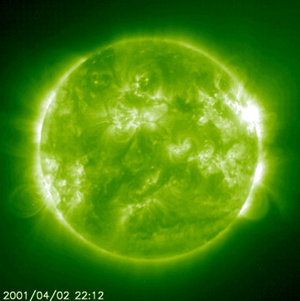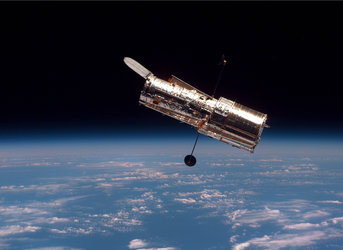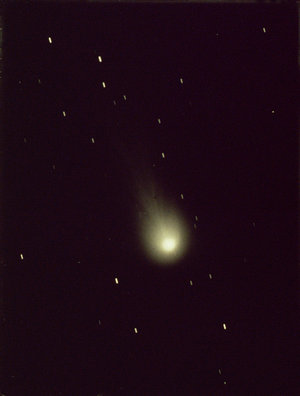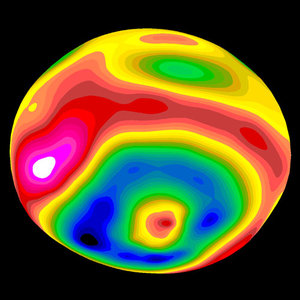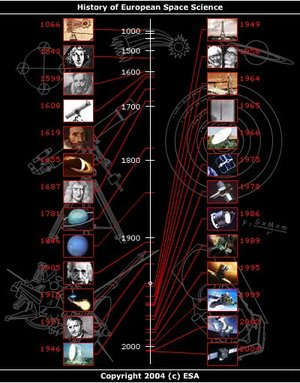4 April
2002: On 4 April 2002, ESA's XMM-Newton space telescope proved that supernovae can cause mysterious gamma-ray bursts.
Gamma-ray bursts are the most powerful explosions ever detected in the Universe. They are also one of the greatest mysteries of modern astronomy, since so far there has been no conclusive to prove what causes them. Until 2002, there were two 'prime suspects' for what made gamma-ray bursts: the collision of neutron stars - dead, ultra-dense stars - or the death of very massive stars in supernova explosions. The results from the XMM-Newton X-ray space telescope ruled out the first hypothesis and confirmed the second, at least for the gamma-ray burst that occurred on 11 December 2001.
By analysing the afterglow of the gamma-ray burst in the X-ray light, scientists produced the first ever evidence of the presence of chemical elements which were the unmistakable remnants of a supernova explosion which had occurred just a few days before.
Gamma-ray bursts were first discovered in 1967 by chance, when satellites designed to look for violations of the Nuclear Test Ban Treaty detected strong gamma-ray emissions coming from sources not in the vicinity of Earth, but from outer space.
1807: On 4 April 1807, Jérôme Lalande died. Joseph Jérôme Le Français de Lalande, was an astronomer, born in Bourg-en-Bresse, France. He determined the Moon's parallax from Berlin for the French Academy in 1751. He was appointed professor of Astronomy, Collège de France in 1762, and subsequently, director of the Paris Observatory. He published his 'Traité d'astronomie' in 1764 - tables of the planetary positions that were considered the best available for the rest of the century. In 1801 he published a comprehensive star catalogue.

1284: On 4 April 1284, Alfonso X of Castile died. He was a Spanish monarch and astronomer who encouraged the preparation of revised planetary tables in 1252, published on the day of his accession to the throne as king of Castile and León.
These 'Alfonsine Tables', a revision and improvement of the Ptolemaic tables, were the best available during the Middle Ages; they were not replaced for over three centuries. The astronomical data tabulating the positions and movements of the planets was compiled by about 50 astronomers he had assembled for this purpose. Alfonso questioned the complexity of the Ptolemaic model centuries before Copernicus saying "If the Lord Almighty had consulted me before embarking on the Creation, I would have recommended something simpler."





